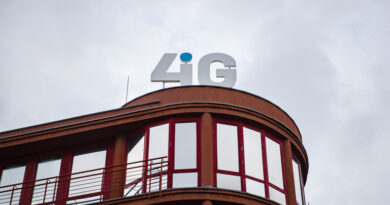Hong Kong-Central remains world’s most expensive office market; London-West End & Tokyo follow
The dominance of Asia-Pacific in the top 10 most expensive business locations worldwide continued, led by Hong Kong-Central – the world’s most expensive market – and five other Asian markets, according to CBRE semi-annual Prime Office Occupancy Costs survey. However, it was a U.S. market, San Francisco (Downtown) that had the strongest year-over-year increase in prime office occupancy costs with a 36.4% rise driven by that market’s hot technology sector.
Hong Kong Central led the “most expensive” list with overall occupancy costs of EUR 2,061 per sq. m. per year. This topped London’s West End, which had total occupancy costs of EUR 1,864. Tokyo (Marunouchi Otemachi) was the third most expensive market for office space, followed by Beijing’s CBD and New Delhi’s CBD. Other Asia-Pacific markets in the top ten include Beijing-Finance Street (6th) and Hong Kong-West Kowloon (7th).
Despite economic headwinds, occupancy costs increased by an average of 2.1% worldwide over the past year, led by the Americas with a 5.2% annual increase and Asia Pacific with a 2.6% increase. EMEA continued to be hindered by economic recession in much of Europe and recorded a 0.4% decrease in prime occupancy costs. Prime office occupancy costs increased in 74 markets, decreased in 37 office markets and had no change in 22 markets.
“The global office market recovery cooled over the past year, hampered by the ongoing European debt crisis, a deceleration of growth in emerging markets and ubiquitous uncertainty created by the ‘fiscal cliff’ in the U.S.,” said Dr. Raymond Torto, CBRE’s Global Chief Economist. “However, tight market conditions, strong demand for high quality space and low levels of new construction continue to drive up occupancy costs in many prime office markets across the globe.”
CBRE tracks occupancy costs for prime office space in 133 markets around the globe. Of the top 50 “most expensive” markets, 19 are in EMEA, 18 are in Asia-Pacific and 13 in the Americas.
While comparisons in dollars are affected by currency exchange rates, annual percent change calculations are based upon occupancy costs in local currency and not influenced by currency changes.
































